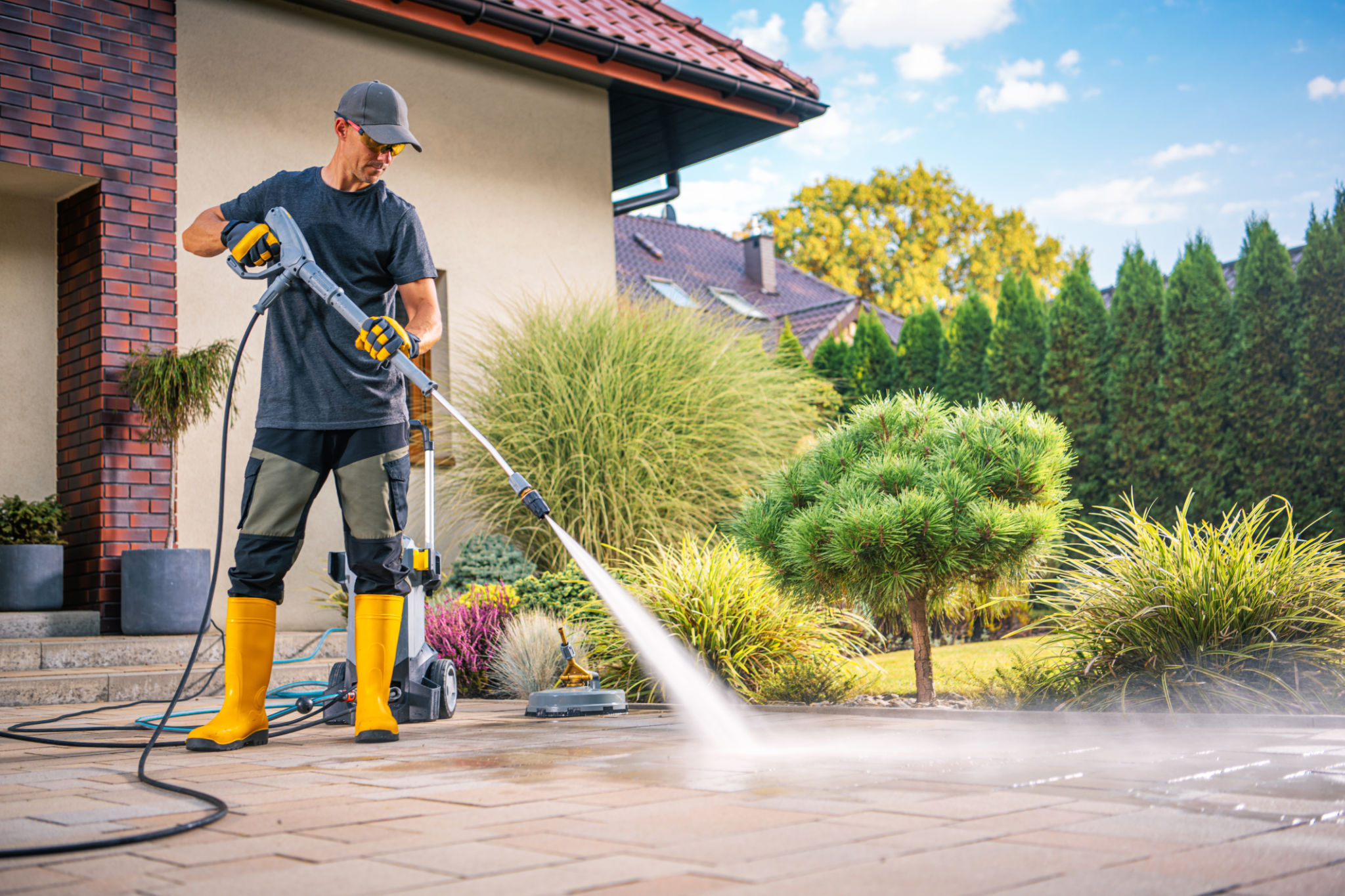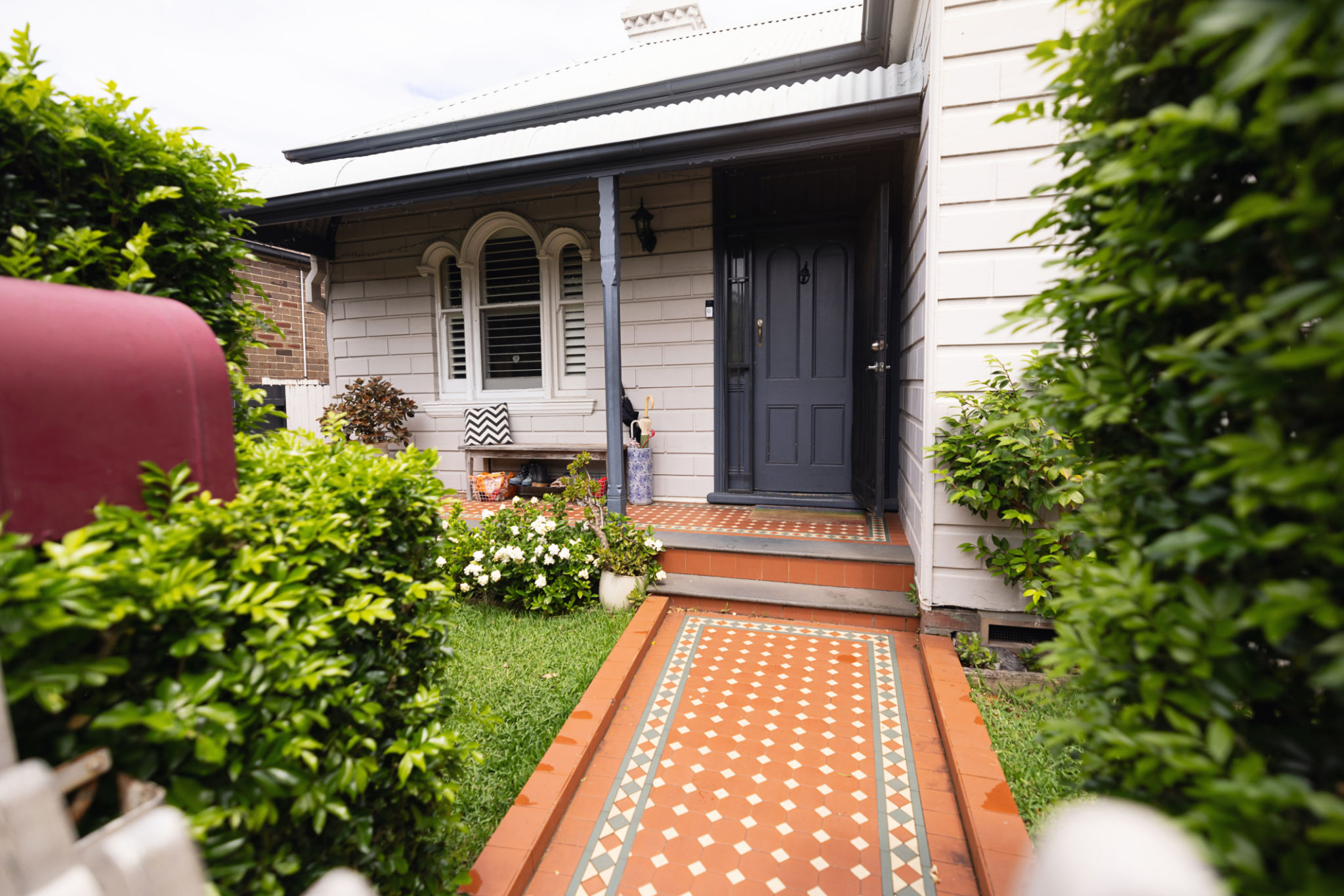The Ultimate Guide to Pressure Washing Your Home's Exterior
Understanding the Basics of Pressure Washing
Pressure washing is a powerful method for cleaning the exterior surfaces of your home. It involves using a high-pressure water spray to remove dirt, grime, mold, and other contaminants. This method is highly effective for preparing surfaces for painting or simply sprucing up the appearance of your home.
Before you begin, it's important to understand the different types of pressure washers available. There are electric pressure washers, which are suitable for lighter tasks, and gas-powered washers, which offer more power for tougher jobs. Choosing the right pressure washer will depend on the specific needs of your home.

Preparing Your Home for Pressure Washing
Preparation is key to a successful pressure washing job. Start by removing any outdoor furniture, decorations, or potted plants that might be in the way. Cover any exposed electrical outlets, vents, and light fixtures with plastic sheeting and tape to prevent water damage.
It's also important to check the exterior surfaces for any damage beforehand. Cracks in siding or loose shingles should be repaired to avoid further damage from water intrusion. Once your home is prepped, you're ready to start washing.

Choosing the Right Detergent
Using a detergent can significantly enhance the cleaning power of your pressure washer. Different surfaces may require different cleaning agents. For instance, vinyl siding often benefits from a mild detergent, while brick may require a more robust cleaner.
Always ensure that the detergent you choose is compatible with your pressure washer and safe for the environment. Follow the manufacturer's instructions for dilution and application to achieve the best results.

Techniques for Effective Pressure Washing
Begin pressure washing by testing the spray on a small, inconspicuous area to ensure it doesn't cause damage. Hold the nozzle at a slight angle and maintain a consistent distance from the surface to avoid streaks or damage.
Work in small sections, starting from the bottom and moving upwards. This prevents streaks caused by dirty water running down over clean areas. Use overlapping strokes to ensure even coverage.
- Use a wide spray for larger surfaces
- Avoid using too much pressure on delicate surfaces
- Rinse thoroughly to remove all detergent residues
Safety Tips for Pressure Washing
Pressure washing can be dangerous if not done properly. Always wear protective gear such as safety goggles, gloves, and sturdy footwear. Be mindful of where you're directing the spray to avoid injury or damage to windows and fragile items.
If you're using a ladder to reach higher areas, make sure it's stable and never extend beyond your reach while operating the washer. If you're unsure about handling certain parts of your home, consider hiring a professional.

Post-Wash Maintenance
Once you've finished pressure washing, take some time to inspect your work. Check for any areas that may have been missed or require additional cleaning. This is also a good opportunity to perform minor maintenance like tightening loose fixtures or touching up paint.
Regular pressure washing maintenance can extend the life of your home's exterior surfaces by preventing mold growth and deterioration. Establishing a routine cleaning schedule will keep your home looking its best year-round.

